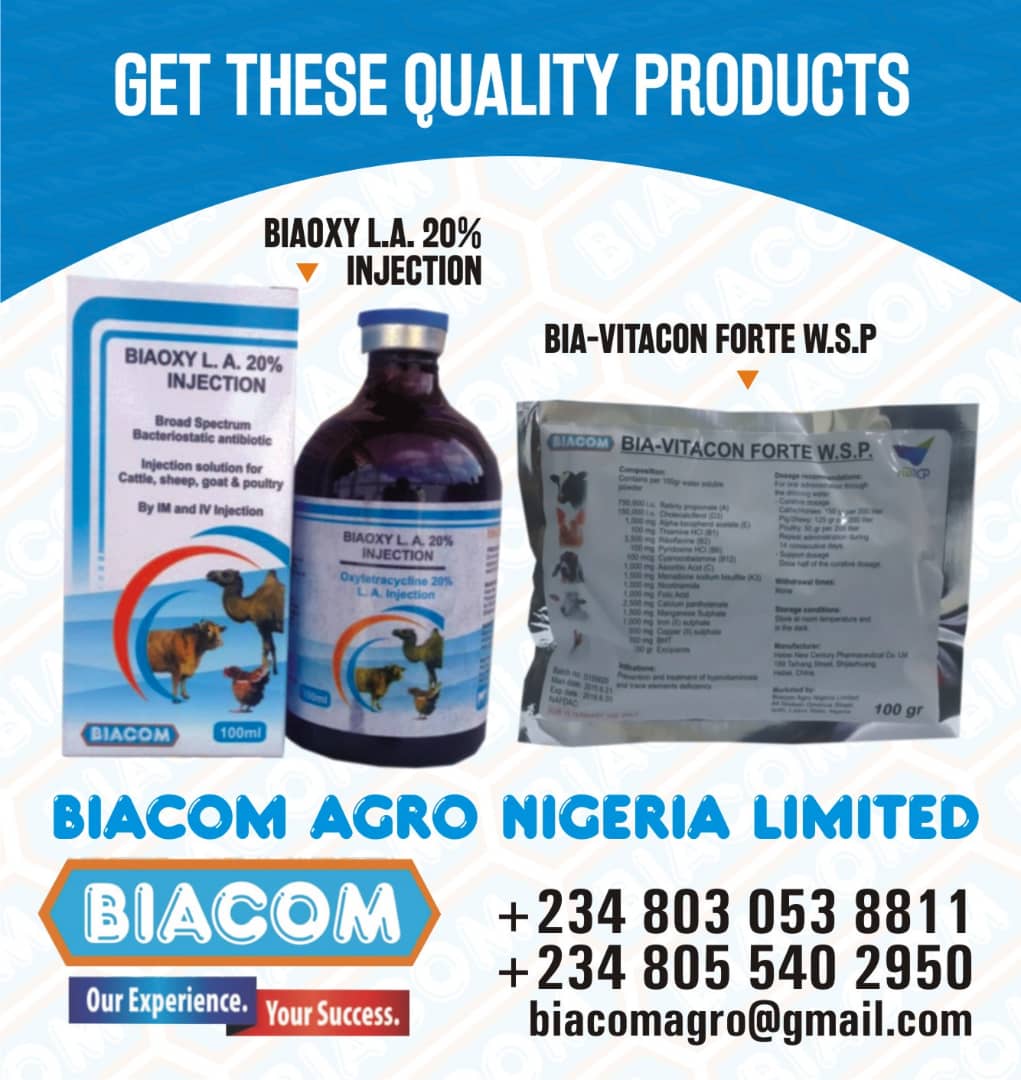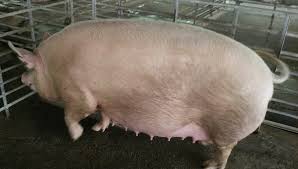Purchase this compelling ebook instantly. 
 21 most important poultry diseases with prevention, control & treatment
21 most important poultry diseases with prevention, control & treatment
5 Ways to Improve Your Sow Longevity
Sow longevity has been a continual issue within the swine industry for the last 10 years. The potential for a successful sow starts well before the sow is first bred. Gilt development is an opportunity to improve the longevity of the female. The management of the gilt should begin at the time of weaning. Here are five ways you can improve sow longevity by focusing on the gilt from weaning until the time of first breeding.
 Learn More
Learn More
1. BALANCE MINERALS.
Gilts will undergo multiple cycles of pregnancy and lactation. In doing so, over time, the mineral status within their body decreases. Therefore, make sure that when the gilt is developing, she has been provided with adequate levels of calcium and phosphorus to established strong bone growth. Research has also demonstrated that the use of organic minerals can support ligament growth, hoof health, and increase mineral levels within tissue. All of these are essential for gilt longevity within the herd.
2. MANAGE MYCOTOXINS.
Mycotoxins are produced from mold when it is stressed. While some mycotoxins produce symptoms such as vomiting and feed refusal, others can behave similar to estrogen and can trigger issues such as false heats and missed cycles. Monitoring incoming ingredients to reduce mycotoxin levels is critical. In addition, managing feed bins and feeders on the farm to minimize mold are also critical. Bins should be ran in tandem or thoroughly emptied every few months to reduce feed buildup.
Purchase this compelling ebook instantly. 
 21 most important poultry diseases with prevention, control & treatment
21 most important poultry diseases with prevention, control & treatment
3. SELECT WISELY.
Gilt selection is one of the key steps in gilt development. Select gilts based on good reproductive traits such as at least 14 teats on the underline and a vulva of appropriate size and
READ ALSO Tips for Feeding pigs to Increase Their Weight
shape. In addition, feet and legs are one of the most important steps during selection. Watch the gilt move to verify that her gait is sound and that there is appropriate flex in the foot.

4. BREED AT APPROPRIATE WEIGHT.
Multiple studies have shown that the appropriate breeding weight for a gilt is 300 lbs. Make sure that the gilt has undergone at least one estrus cycle prior to the breeding event to ensure good total born.
Invest in this knowledge-packed ebook promptly.  20 questions to ask your poultry farm manager everyday
20 questions to ask your poultry farm manager everyday
5. ACCLIMATE CAREFULLY.
Growing gilts will likely undergo a series of vaccinations and potentially natural planned exposures to reduce disease flare-ups in the
READ ALSO 6 Tips to Help Sows Succeed During Gestation
gestation or farrowing house and to minimize the impact of certain diseases on reproductive performance. The timing of these immunological exposures should not occur within the month prior to breeding. In addition, careful timing of stall acclimation or feeding system training should be done prior to the female cycling. Disruption in feeding during the estrus cycle can reduce ovulation rates.
Following these five steps can potentially help improve gilt reproductive success as well as longevity within the herd. As always, when working on these steps, work carefully with your nutritionist or veterinarian on how to best approach your gilt development.
Contributes By LAURA GREINER














